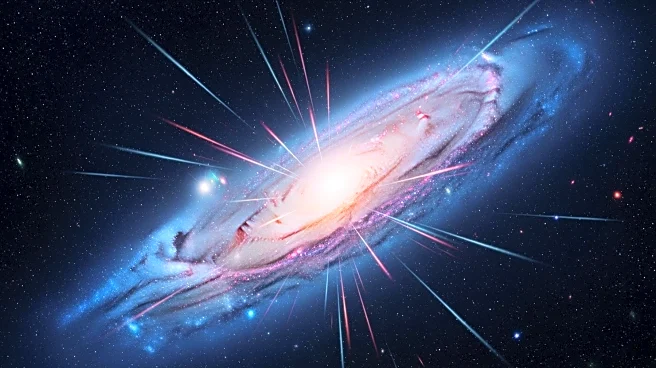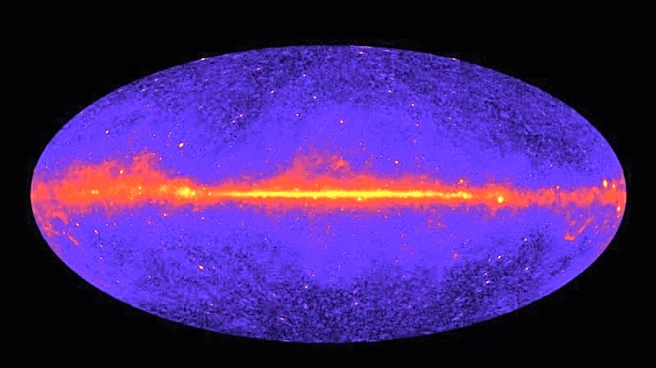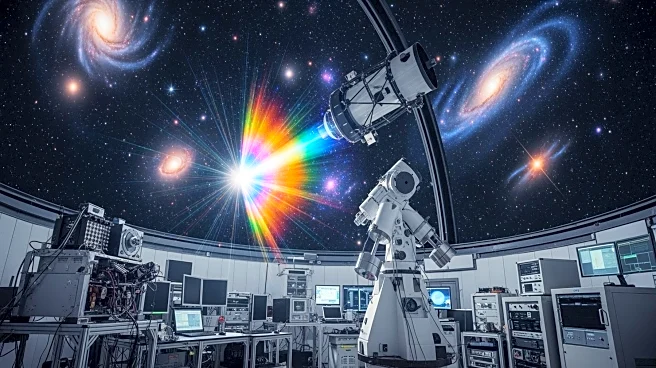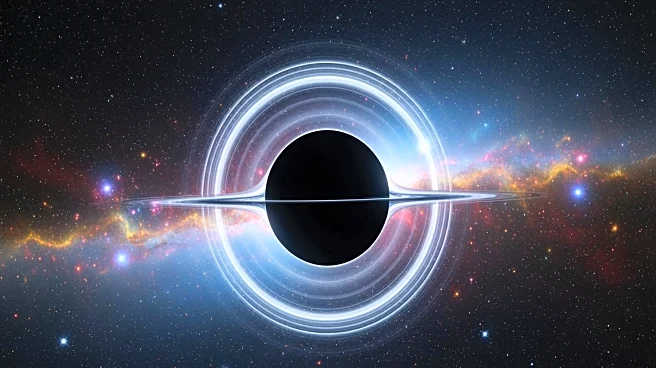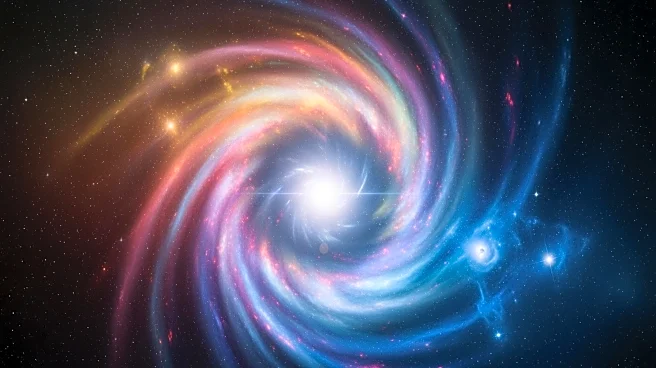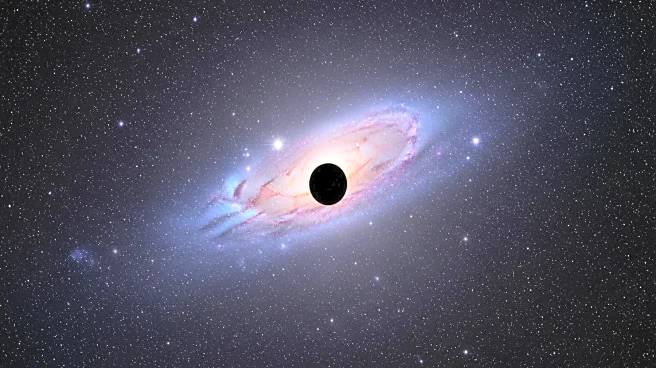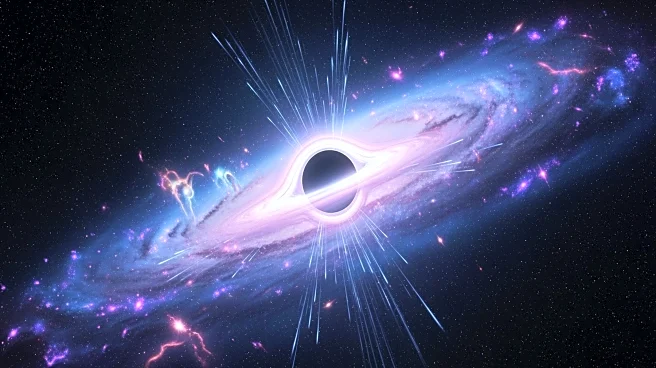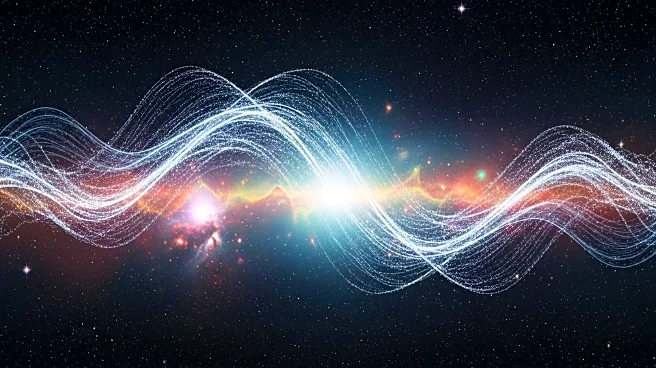What's Happening?
A new study has explored the excess gamma rays detected near the center of the Milky Way, potentially offering evidence for dark matter. The Fermi Gamma-ray Space Telescope has mapped these gamma rays,
which could originate from dark matter particle collisions or from millisecond pulsars. The study, published in Physical Review Letters, suggests that both hypotheses are equally plausible. Cosmologist Joseph Silk and his team have increased the likelihood that dark matter has been indirectly detected, as the gamma-ray data aligns with the dark matter hypothesis.
Why It's Important?
Confirming the existence of dark matter is one of the most significant challenges in physics, as it constitutes a substantial portion of the universe's mass. This study could provide indirect evidence of dark matter, enhancing our understanding of the universe's structure and composition. The implications extend to cosmology and astrophysics, potentially leading to breakthroughs in how galaxies form and evolve. The confirmation of dark matter would also validate decades of theoretical work and guide future research in particle physics.
What's Next?
The Cherenkov Observatory, under construction in Chile, is expected to become operational by 2026. It will be the world's most powerful gamma-ray telescope, capable of distinguishing between emissions from dark matter and pulsars. This could provide definitive answers regarding the source of the gamma-ray excess, advancing our understanding of dark matter and its role in the universe.
